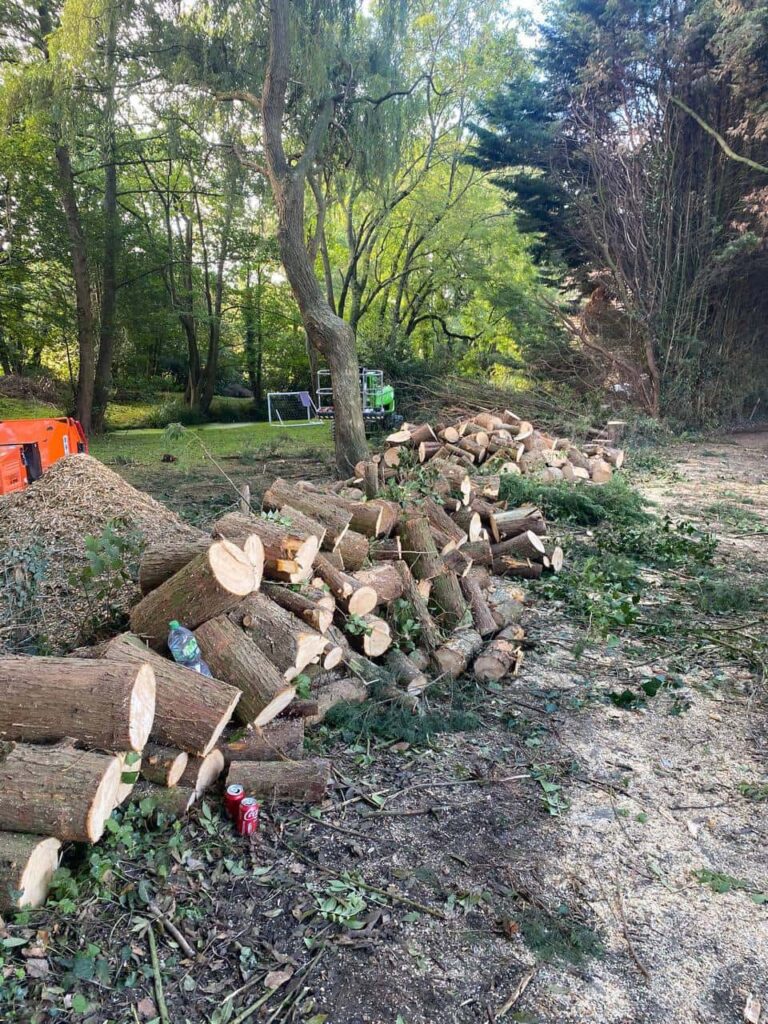“Trimming Hedges: Timing Matters!”
Introduction: Hedges are not just a boundary marker but a living, breathing part of your landscape. Regular maintenance is essential to keep them healthy and looking their best. However, timing is crucial when it comes to trimming hedges. Different types of hedges require different approaches, and understanding the best time of year to trim each type can make a significant difference in their growth and overall appearance. This guide will explore the optimal timing for trimming various hedges, ensuring your landscape stays lush and vibrant year-round.
Spring Trimming:
As the weather warms and plants awaken from winter slumber, spring is an ideal time to trim many hedges. Deciduous hedges, such as beech and hornbeam, benefit from a trim in early spring before new growth begins in earnest. This allows for shaping and thinning without sacrificing the upcoming season’s foliage.
Evergreen hedges, like boxwood and privet, can also be trimmed in spring, particularly after the last frost has passed. Spring pruning encourages dense growth and helps maintain the desired shape throughout the growing season.
Summer Pruning:
Summer is typically a time of vigorous growth for most plants, making it an excellent season for light maintenance trimming. However, avoiding heavy pruning during the peak of summer heat is crucial, as this can stress the plants and leave them vulnerable to sunburn.
A light trim in early summer can help control growth and maintain shape for deciduous hedges, such as yew and holly. Evergreen hedges may also benefit from a minor trim to remove any straggly growth and promote denser foliage.
Late Summer/Fall Maintenance:
As summer transitions into fall, it’s time to prepare your hedges for the cooler months ahead. Late summer or early fall is an excellent time for a final trim before the onset of winter. This trim helps tidy up any overgrown growth from the summer months and ensures the hedge maintains a neat appearance throughout the dormant season.
Deciduous hedges can be pruned aggressively in late summer or early fall as they prepare to shed their leaves. This allows for more significant shaping without risking damage to new growth. Evergreen hedges should be lightly trimmed during this time to remove any dead or diseased branches and maintain overall shape.
Winter Dormancy:
While winter may seem like a dormant time for garden maintenance, it can still be an opportune moment to tackle certain hedge-trimming tasks. Deciduous hedges can be pruned in late winter while still dormant, allowing for major shaping without interfering with the upcoming growing season.
However, it’s essential to avoid trimming evergreen hedges during winter, as this can leave them vulnerable to cold damage. Instead, focus on inspecting evergreen hedges for signs of winter damage and prune any affected areas once the threat of frost has passed in early spring.
Conclusion: Trimming hedges is a year-round task that requires careful consideration of timing to ensure optimal results. By understanding the best time of year to trim different hedges, you can promote healthy growth, maintain shape, and keep your landscape looking its best season after season. Whether it’s spring shaping, summer maintenance, fall tidying, or winter pruning, each season offers unique opportunities to care for your hedges and enhance the beauty of your outdoor space.
Call us on: 01493 807 192
Click here to find out more about Great Yarmouth Tree Surgeons
Click here to complete our contact form and see how we can help with your tree’s needs.

